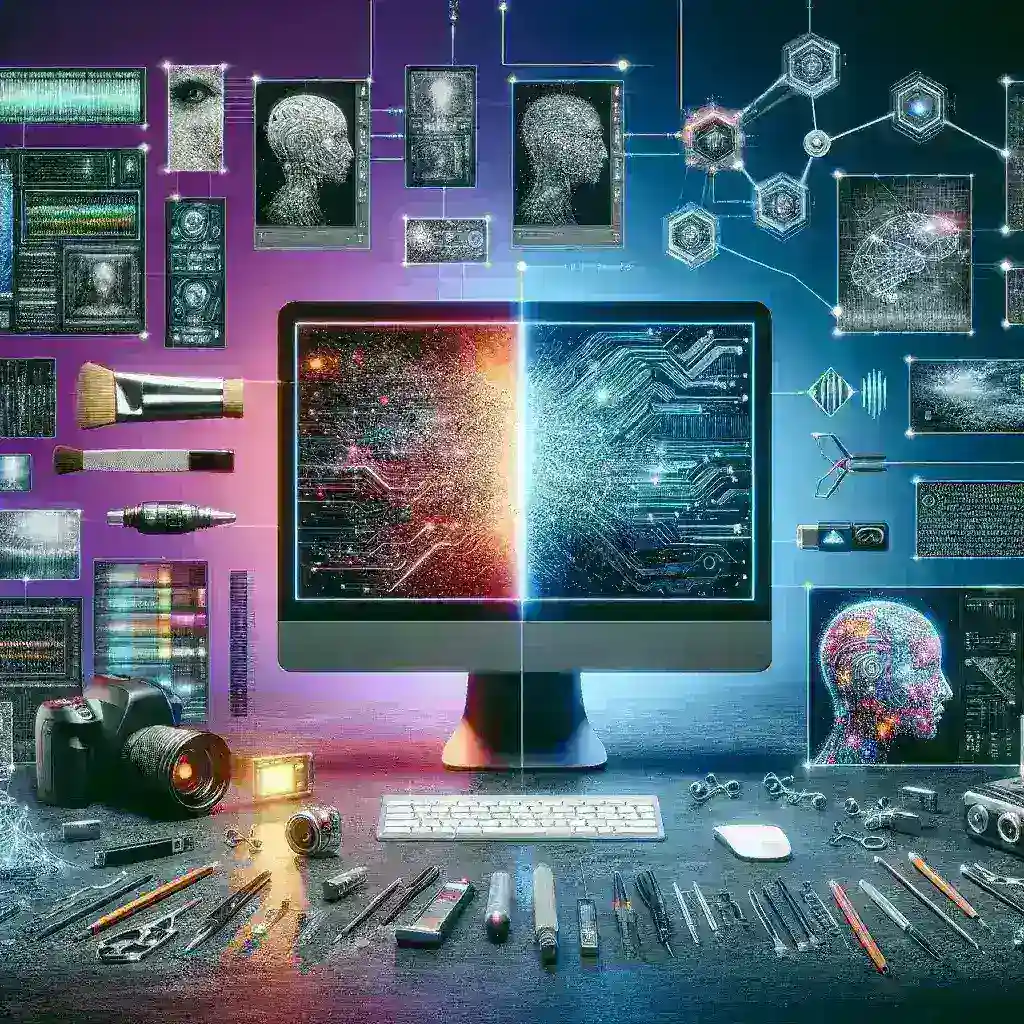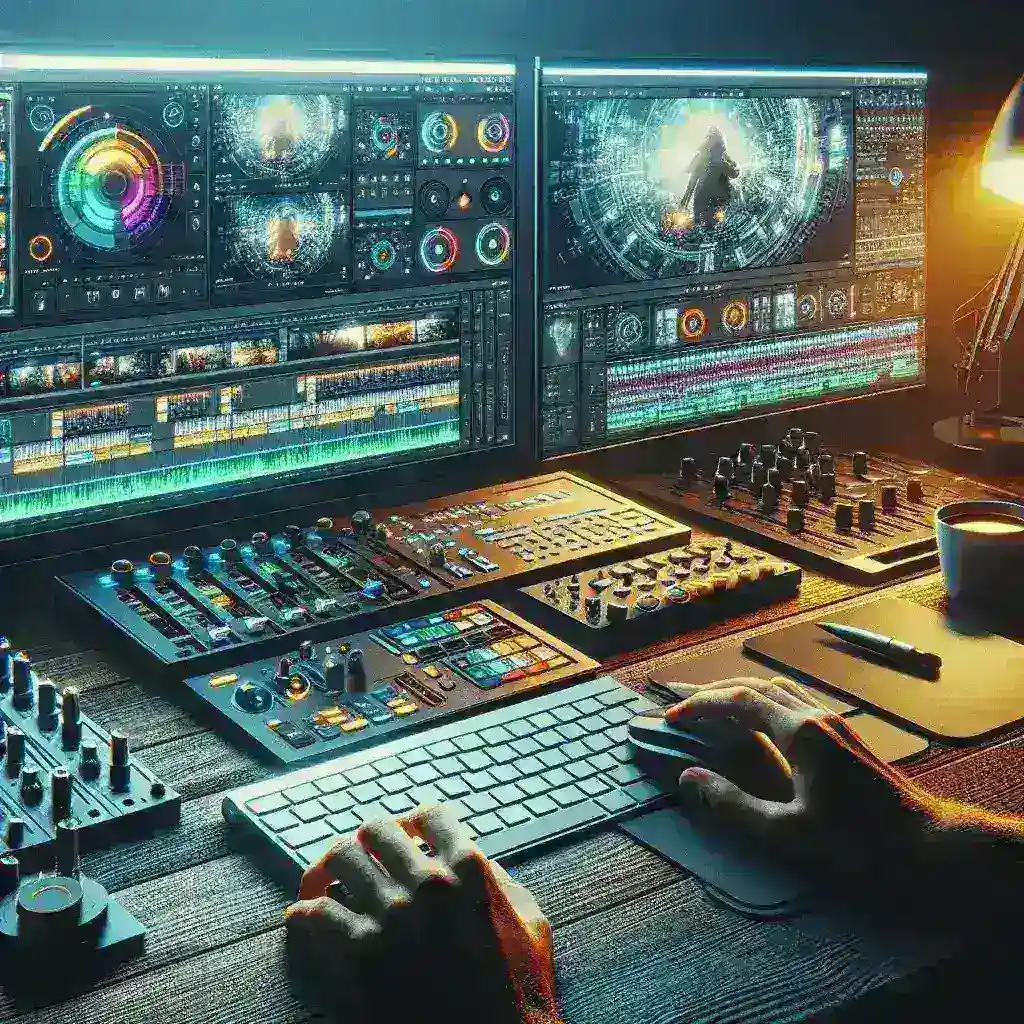The digital photography landscape has undergone a dramatic transformation with the emergence of artificial intelligence-powered photo editing software. These revolutionary tools are changing how photographers, designers, and content creators approach image enhancement, offering unprecedented capabilities that were once the exclusive domain of expert retouchers.
Understanding AI Photo Editing Technology
Artificial intelligence in photo editing represents a paradigm shift from traditional manual editing techniques. AI algorithms analyze image content, understand context, and make intelligent decisions about enhancements automatically. This technology leverages machine learning models trained on millions of images to recognize patterns, objects, and aesthetic principles.
The core functionality of AI photo editing software revolves around neural networks that can identify specific elements within photographs. These systems can distinguish between sky, water, faces, buildings, and vegetation, allowing for targeted adjustments that maintain natural-looking results while dramatically improving image quality.
Key Features of Modern AI Photo Editing Software
Automated Background Removal
One of the most impressive capabilities of AI photo editing tools is their ability to automatically detect and remove backgrounds with pixel-perfect precision. This feature eliminates the tedious process of manual selection, saving hours of work while delivering professional-quality results.
Intelligent Object Recognition
Advanced AI systems can identify and categorize objects within images, enabling selective editing of specific elements. Whether enhancing a person’s skin tone, adjusting the color of clothing, or modifying architectural elements, these tools provide granular control over individual components.
Smart Color Correction
AI-powered color correction analyzes the entire image composition to suggest optimal color adjustments. These systems understand color theory and can automatically balance exposure, contrast, and saturation while maintaining the image’s natural appearance.
Noise Reduction and Sharpening
Machine learning algorithms excel at distinguishing between image detail and unwanted noise. Modern AI software can remove grain and artifacts while preserving fine details, resulting in cleaner, sharper images without the artificial appearance often associated with traditional noise reduction methods.
Popular AI Photo Editing Software Solutions
Adobe Photoshop with AI Features
Adobe has integrated numerous AI-powered features into Photoshop, including Content-Aware Fill, Sky Replacement, and Neural Filters. These tools leverage Adobe’s Sensei AI platform to provide intelligent editing suggestions and automated enhancements.
Luminar AI
Designed specifically as an AI-first photo editor, Luminar AI offers templates and automated adjustments that can transform images with minimal user input. The software excels at landscape enhancement and portrait retouching.
Topaz Labs Suite
Topaz Labs specializes in AI-powered image enhancement tools, including Gigapixel AI for upscaling, DeNoise AI for noise reduction, and Sharpen AI for detail enhancement. These specialized tools deliver exceptional results for specific enhancement tasks.
Canva’s AI Features
Canva has incorporated AI tools for background removal, magic eraser functionality, and automated design suggestions, making professional-quality editing accessible to users without technical expertise.
Benefits for Different User Categories
Professional Photographers
For professional photographers, AI editing software significantly reduces post-processing time while maintaining high-quality standards. Batch processing capabilities allow for consistent editing across large photo sets, while advanced features enable creative possibilities previously requiring extensive manual work.
Social Media Content Creators
Content creators benefit from AI software’s speed and ease of use. Quick enhancement tools, automated cropping for different social media formats, and instant background replacement enable rapid content production without compromising visual quality.
Small Business Owners
Small businesses can achieve professional-looking product photography and marketing materials without hiring expensive retouching services. AI tools democratize high-quality image editing, making it accessible to budget-conscious entrepreneurs.
Hobbyist Photographers
Amateur photographers can achieve professional-looking results without years of training. AI software provides guidance and automated enhancements that help beginners understand editing principles while producing impressive images.
The Technology Behind AI Photo Editing
Convolutional Neural Networks
Most AI photo editing software relies on convolutional neural networks (CNNs) that excel at image recognition and processing. These networks learn to identify patterns and features through training on vast datasets of images.
Generative Adversarial Networks
GANs enable AI systems to generate new content that seamlessly blends with existing images. This technology powers features like content-aware fill and realistic object removal.
Deep Learning Algorithms
Deep learning enables AI systems to understand complex relationships within images, allowing for sophisticated enhancements that consider multiple factors simultaneously.
Advantages of AI-Powered Photo Editing
- Time Efficiency: Automated processes reduce editing time from hours to minutes
- Consistency: AI ensures uniform quality across multiple images
- Accessibility: Complex editing techniques become available to non-experts
- Quality: AI can achieve results that match or exceed manual editing
- Learning Capability: Systems improve over time through machine learning
Limitations and Considerations
Despite their impressive capabilities, AI photo editing tools have limitations. They may struggle with highly complex or unusual image compositions that fall outside their training data. Creative decisions still require human judgment, and understanding the software’s strengths and weaknesses is crucial for optimal results.
Ethical Considerations
The power of AI editing raises questions about image authenticity and manipulation. Users must consider ethical implications, especially in journalism, scientific documentation, and other contexts where image accuracy is paramount.
Future Trends in AI Photo Editing
The future of AI photo editing promises even more sophisticated capabilities. Emerging trends include real-time editing during image capture, improved understanding of artistic styles, and enhanced integration with cloud-based processing for more powerful algorithms.
Integration with Mobile Photography
Mobile devices are increasingly incorporating AI editing capabilities directly into camera applications. This trend will continue, bringing professional-quality editing tools to smartphone photography.
Collaborative AI Systems
Future AI editing software will likely feature collaborative capabilities, allowing multiple users to work on projects while AI systems coordinate and optimize the workflow.
Choosing the Right AI Photo Editing Software
Selecting appropriate AI photo editing software depends on specific needs, skill level, and budget considerations. Factors to consider include:
- Intended use cases and editing requirements
- Learning curve and user interface preferences
- Integration with existing workflows
- Subscription versus one-time purchase models
- Available customer support and learning resources
Getting Started with AI Photo Editing
For newcomers to AI photo editing, starting with user-friendly options like Canva or basic AI features in familiar software provides an excellent introduction. As skills develop, users can explore more sophisticated tools and advanced features.
Best Practices
Successful AI photo editing requires understanding both the technology’s capabilities and traditional editing principles. Users should experiment with different tools, study their results, and gradually build expertise in leveraging AI assistance effectively.
The revolution in AI photo editing software represents just the beginning of artificial intelligence’s impact on digital imaging. As these tools continue evolving, they will undoubtedly reshape how we create, enhance, and share visual content across all industries and applications.






Leave a Reply